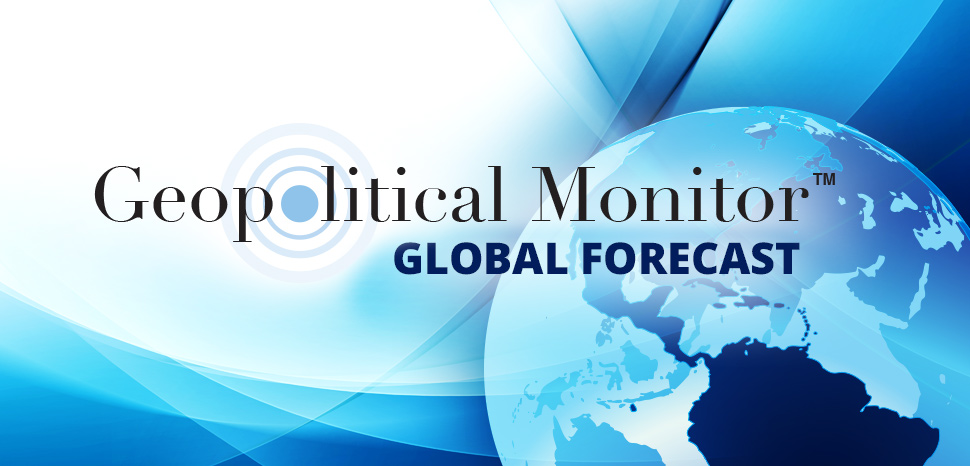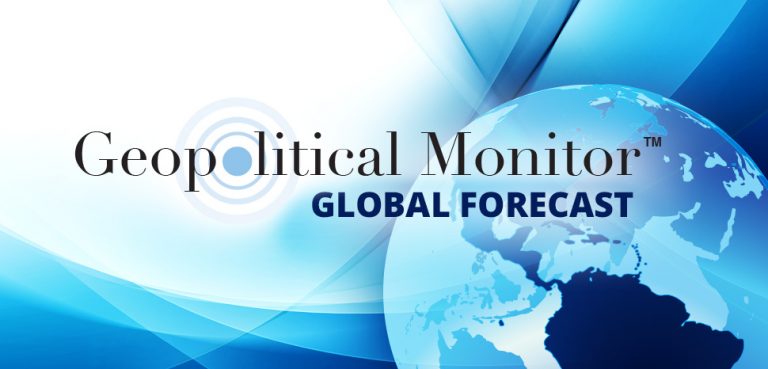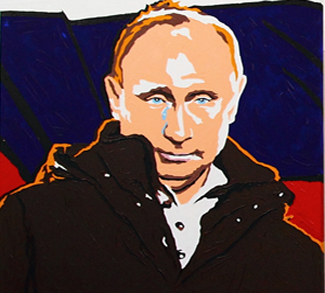Key Dates
January 10 – Euro zone unemployment data.
January 10 – Australia retail sales for November.
January 11 – UK industrial production for November.
January 11 – UK trade balance for November.
January 11 – South Africa manufacturing for November.
January 11 – Brazil CPI for December.
January 11 – China PPI and CPI for December.
January 12 – Euro zone industrial production for November.
January 12 – India CPI for December.
January 12 – United States Core CPI for December. After an estimate-beating 6.8% result in November – the fastest pace of inflation since 1982 – all eyes will be on the December numbers. An upside surprise would add further fuel to the Fed’s hawkish turn, much to the detriment of equities and other asset classes. The US 10-year Treasury closed out 2021 with an abnormally rapid ascent of 30 basis points, and this could be the start of a trend for 2022.
January 12 – US crude oil inventories.
January 13 – US Core PPI for December.
January 13 – US initial jobless claims.
January 13 – China imports, exports, and trade balance.
January 14 – India inflation data for December.
January 14 – UK manufacturing for November.
January 14 – UK trade balance.
January 14 – France and Spain CPI for December.
January 14 – China housing prices for December. The datapoint will shed further light on the extent of rebalancing in China’s housing market, a sector that will be keen to put the upheavals of 2021 behind it. Recent developments suggest this won’t be easy, as debt woes previously centered on Evergrande have spread to other developers that were generally classified as fiscally sound (and even compliant with Beijing’s ‘red lines’); for example, Shimao Group.
World
COVID-19 fast facts
- The omnicron variant continues to spread like wildfire, with global COVID-19 cases up 70% week-on-week; deaths lagged behind, up 10% over the same period. Unsurprisingly, cases were up in every region of the world, with the Americas leading the way at 100%.
- China continues to battle multiple domestic outbreaks ahead of the scheduled start of the Winter Olympic Games in February. Following a two-week total lockdown as mandated by the ongoing ‘no covid’ strategy, the city of Xi’an saw cases drop recently; however, new clusters have cropped up in recent days, most alarmingly in the sprawling tech hub of Shenzhen and Tianjin, the latter of which included a few omicron cases detected for the first time.
Americas
Nato nixes ‘second-class member’ proposal
Nato Secretary-General Jens Stoltenberg has come out against two Russian proposals intended to defuse ongoing Ukraine tensions: a ban on Ukraine joining the alliance, and giving Russia a veto on Nato deployments in member states close to Russia. There’s no real surprise here, as both are diplomatic non-starters for the alliance. However, Stoltenberg’s phrasing may provide some insight into the state of the talks and Nato’s negotiating position, as he stressed that “we cannot end up in a situation where we have second-class Nato members, where Nato as an alliance is not allowed to protect them.” Perhaps herein lies the middle-ground of Russia’s negotiating position, whereby Moscow is seeking some kind of two-tier membership structure to blunt the alliance’s forays into its own backyard.
Europe
Kazakhstan in upheaval as CSTO peacekeepers sent in
The size and ferocity of Kazakh protests have shocked everyone involved, including the Kazakh authorities. The demonstrations began over a fuel price hike, subsequently evolving into a violent airing of grievances over the Nazarbayev era, and the unrest has persisted despite numerous (forced) resignations in the government. Local hospitals have reported dozens of protestor and police deaths, along with thousands of injuries, and some 2,500 CSTO ‘peacekeeper’ troops have now been flown in, primarily from Russia.
There’s no shortage of geopolitical subtext here. First and foremost, the protests are a blow to Russian President Vladimir Putin in more ways than one. They stand as a stark rebuttal of the ‘Nazarbayev model’ of how a strongman should retreat from public life (hand the reigns to a trusted ally and maintain a powerful behind-the-scenes role in government). It would seem that, inevitably, the former leader comes to represent all that ails society absent democratic channels of dissent. Moreover, if the recent arrest of Kazakhstan’s former intelligence chief is any indication, that trusted ally may not be so trustworthy after all, especially when they’re put under massive political pressure. Second, the optics of the CSTO deployment undeniably harken back to the Soviet era in a way that Putin did not intend, potentially frustrating plans elsewhere, notably in Ukraine. Third, depending on how this situation plays out in the short-term, Kazakhstan unrest could complicate ongoing negotiations with the United States over Ukraine (thus far the US has stayed the course).
Where the protests go from here is anyone’s guess, but if they refuse to die down they will persist as a diplomatic thorn in Moscow’s side and, potentially, a military one if the CSTO deployment is expanded in the future.
Eurozone inflation surprises on the upside in December
Euro zone inflation data perpetuated the theme of 2021 in December, reflecting a 5% increase in prices year-on-year – the highest level in the history of the single currency. The reading was yet another upside surprise, with Reuters having predicted a rate of 4.7%, which would have been a decline from November’s 4.9% rate.
ECB officials are now alarmed on two fronts: 1) inflation has yet to peak in the euro zone; and even worse 2) the December reading included a steep jump in food prices, from 1.9% in November to 4.6% in December.
The December surprise could well be consequential. For one, the inflation peak now gets pushed back into 2022, extending the period of time where the ECB is running above its 2% target (it has already hiked its 2022 forecast from 1.7% to 3.2%). Two, rising food prices ups the ante in political terms, adding to mounting pressure for the central bank to shorten its horizon for rate normalization. Though the ECB has thus far remained firm in its commitment to a dovish normalization schedule, we’ve seen how quickly the monetary (and political) winds can change in the United States over the final months of 2021.



